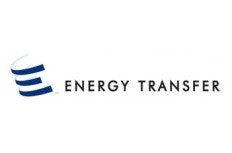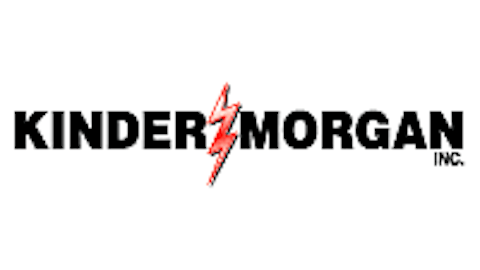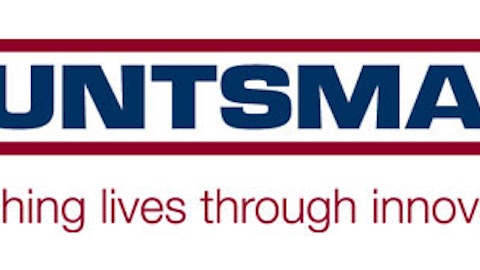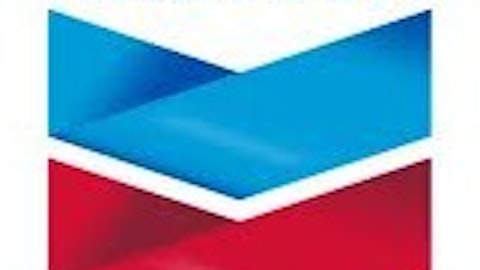It appears that Energy Secretary Dr. Ernest Moniz is fulfilling his promise that the Department of Energy would move quickly on LNG export decisions. Since his confirmation as Energy Secretary in May, we have seen two LNG facilities be granted LNG export licenses. The approval of these facilities is making it more clear every day that LNG exports will become a a reality here in the United States. The question remains, though: How much LNG can the US support on a sustainable basis? Let’s look at this question and see if we can come up with a reasonable solution.

Source: Golar LNG Investor Presentation
Where we’re at
This week’s approval of the Lake Charles, La., facility proposed by British energy company BG Group plc (LON:BG) and a subsidiary of Energy Transfer Partners LP (NYSE:ETP) means that the U.S. will have the ability to export 5.6 billion cubic feet per day of natural gas, but we won’t actually see the first volumes move out of the U.S. until sometime in 2015, when Cheniere Energy, Inc. (NYSEMKT:LNG) brings its facility online.

By the numbers
So how much do we need to grow natural gas production to meet LNG demand? Well, in 2012 the U.S. produced an average of 65.9 billion cubic feet per day. So let’s calculate how much U.S. natural gas would need to grow to meet this demand based on some hypothetical export scenarios.
| Export Scenario | Compounded Annual Growth Rate (CAGR) of Natural Gas Production Needed to Meet LNG Export Demand |
|---|---|
| 5.6 bcf by end of 2018 (only facilities that have been approved to date coming online) | 1.64% |
| 7.7 bcf by end of 2018 (Goldman Sachs Group, Inc. (NYSE:GS) estimate) | 2.23% |
| 8.5 bcf by end of 2020 (Morgan Stanley (NYSE:MS) estimate) | 1.75% |
| 23 bcf by end of 2028 (all proposed facilities coming online within 15 years) | 2.02% |
Author’s calculations.
To be clear, this is how much natural gas production would need to grow on top of any anticipated growth in domestic demand or shipments via pipeline to Mexico. So we would need production growth in excess of these numbers to satisfy all parties. Just to lend some perspective to these numbers, from 2007 to 2012, the U.S. increased its natural gas production at a CAGR of 4.55%. You could argue that this time of production wildly oversupplied the market, but it does make the case that we can produce at those levels if necessary.
Then again, the biggest gripe that opponents of LNG exports have is that they believe those exports will drastically affect cheap domestic gas prices, which have spurred a revolution in manufacturing here in the United States. So how much do opponents believe is a manageable amount of natural gas? The Dow Chemical Company (NYSE:DOW) CEO Andrew Liveris, one of the most adamant critics of LNG exports, went on record last year saying that 15% of natural gas production dedicated to LNG would work for all parties involved, although 10% or less would be a smart move for domestic manufacturing. So let’s take those estimates, apply a more conservative 2% CAGR to natural gas production, and see the potential volume of gas we could export over various time horizons.
Volume projections for LNG exports based on market share (volumes in billion cubic feet per day)
| Market Share | 2015 | 2018 | 2020 | 2025 | 2028 |
|---|---|---|---|---|---|
| 5% of production | 3.43 | 3.63 | 3.78 | 4.18 | 4.43 |
| 10% | 6.85 | 7.27 | 7.57 | 8.36 | 8.87 |
| 15% | 10.2 | 10.9 | 11.25 | 12.54 | 13.3 |
Author’s calculations
Based on these numbers, the current approved facilities would take about 7% to 8% of natural gas production when they’re up and running, and Goldman Sachs Group, Inc. (NYSE:GS)’s “sustainable levels” estimate would put exports at 10.2% of production. If we were to hold Liveris to his word, then he should be relatively pleased with the current pace of LNG exports.
What a Fool believes
Here’s the difficult thing to understand about opponents of LNG’s argument: They’re afraid that it will raise prices, but the success of both industries is reliant upon cheap gas prices. More specifically, LNG exporters need Henry Hub spot prices to remain below $5.10 per million BTU to make it a profitable venture.
Ultimately, the biggest challenge for U.S. LNG exports isn’t its battle with domestic consumers, but rather the stiff competition it will face from other regions that will look to export their own new-found gas reserves. Global demand for LNG is expected to grow by 8 billion to 9 billion cubic feet per day between now and 2020, and the trio of Chevron Corporation (NYSE:CVX), Exxon Mobil Corporation (NYSE:XOM), and Royal Dutch Shell plc (ADR) (NYSE:RDS.A) have a combined 10 billion cubic feet per day capacity outside the U.S. on the drawing board. So it seems as though chemical manufacturers need not worry about the price of domestic gas, because LNG exporters will need the pricing advantage on U.S. gas just as much as they do.
The article How Much Natural Gas Can America Export? originally appeared on Fool.com.
Fool contributor Tyler Crowe has no position in any stocks mentioned. You can follow him at Fool.com under the handle TMFDirtyBird, on Google +, or on Twitter, @TylerCroweFool. The Motley Fool recommends Dominion Resources (NYSE:D).
Copyright © 1995 – 2013 The Motley Fool, LLC. All rights reserved. The Motley Fool has a disclosure policy.





